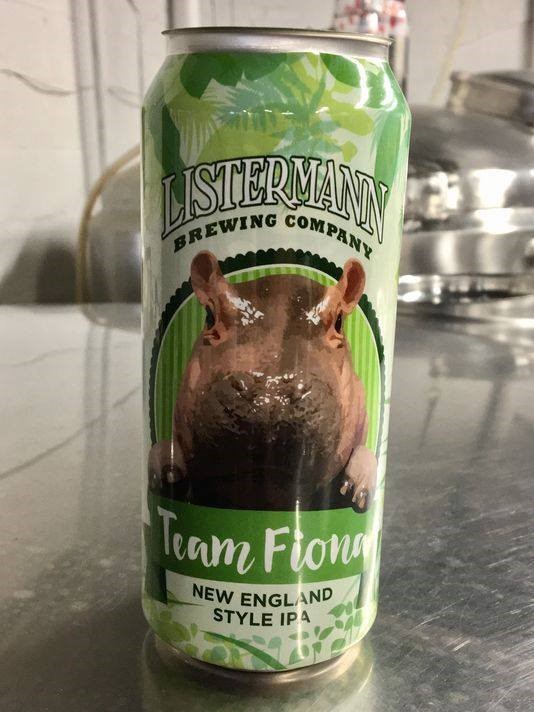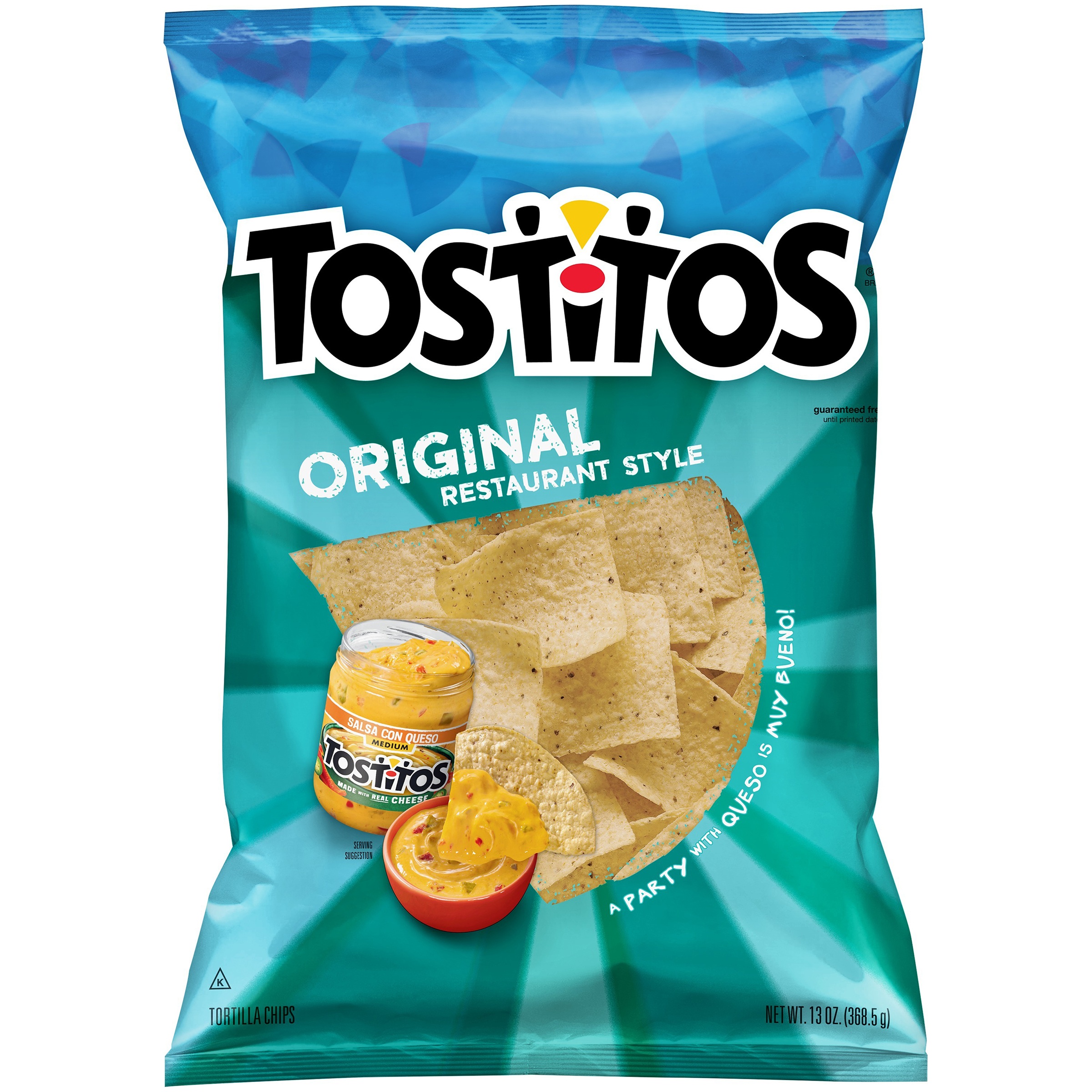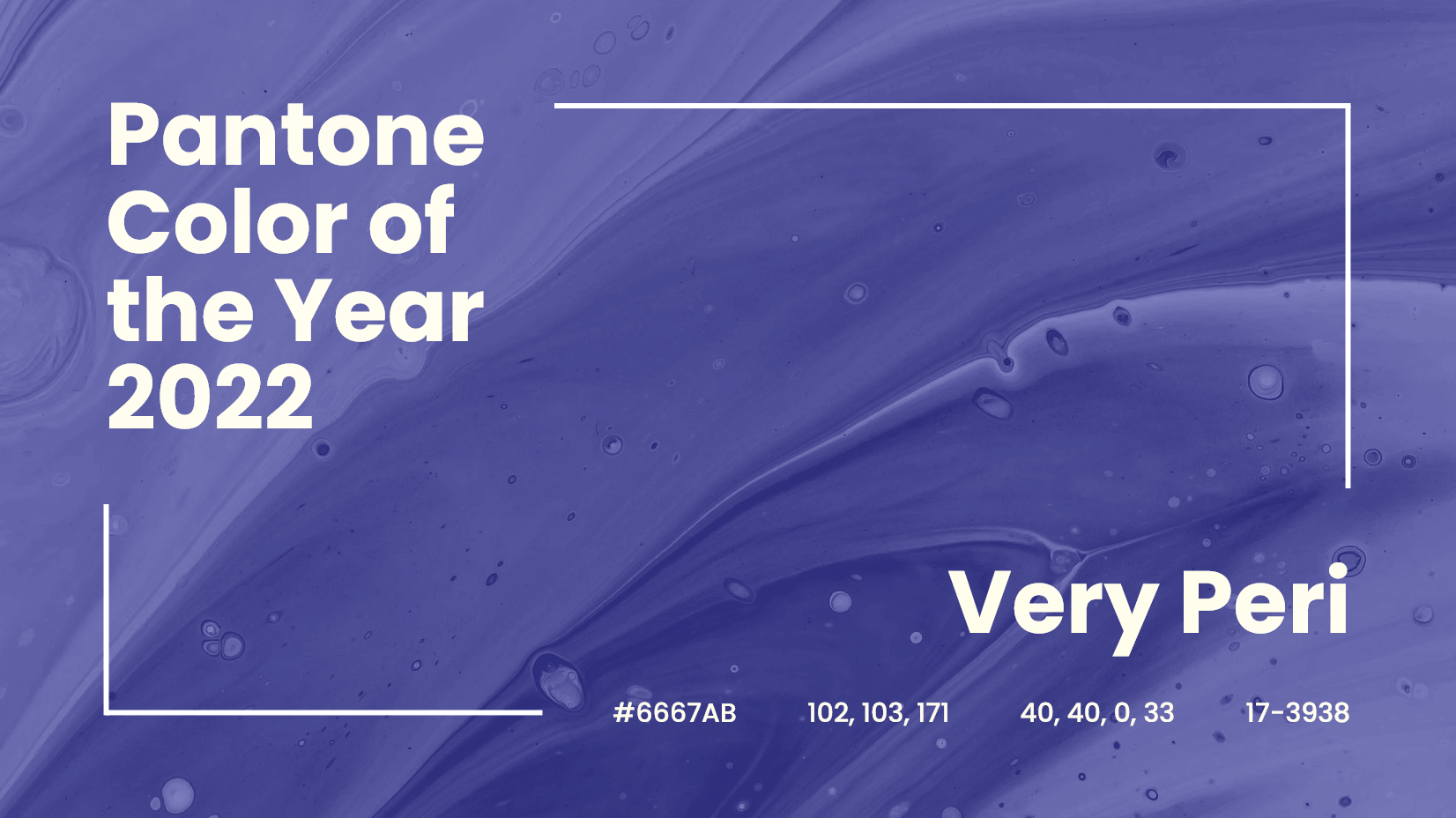
Crafting a new package for the beer age
There is no denying it, the renaissance of craft beer is here! As of 2016, more than 5,000 breweries could be found scattered across the United States. Small, local, and independent craft breweries making up nearly 99% of them. This influx of interest in tasting local brews has had an immense impact on both the local and national economies. According to the economic impact study “Beer Serves America,” in Pennsylvania the craft beer industry alone contributes more than $11 billion annually. The same study also found that the beer industry generates more than $350 billion in economic activity, $63 billion in tax revenue, and is responsible for 2.23 million jobs in the United States.
Of course, craft beer isn’t just shaping the landscape of the beer industry; the revolution is having an impact in other markets as well. As craft beer continues to rise in popularity, brewers are looking for new ways to differentiate themselves prior to the first taste test. Jason Brewer, General manager of Listermann Brewing Co. in Cincinnati, Ohio, says while taste is important, other factors including packaging and design come into play at the point-of-sale. Haney Inc. designer, Christine Barbercheck, agrees with Jason. “Breweries focus on telling their personal story, and each beer’s design is a way to differentiate themselves and stand out on store shelves. What better way to do so than with new and innovative packaging materials and printing techniques?”
Pressure-sensitive labels and shrink sleeves
Many craft breweries are looking to new mediums to portray their story outside of traditional glue applied labels or printing directly on the can with offset printing. According to Cassandra Yu, Associate Product Manager for Label and Graphic Materials at Avery Dennison, Pressure sensitive labels are the fastest growing label segment in North America, while beverage is the largest segment using shrink sleeves. These two non-traditional mediums come with a wide variety of advantages when it comes to can and bottle embellishment. Advantages include:
- Breweries can attain a ‘no label look’ by using clear pressure sensitive labels to achieve the appearance of direct printing.
- Shrink sleeves provide 360-degree marketing space, giving designers more freedom when it comes to graphics and illustrations.
- Using pressure-sensitive labels and shrink sleeves, brewers are given the flexibility of printing smaller runs and multiple SKUs for localized or seasonal brews.
- Printing on pressure-sensitive labels and shrink sleeves allow for the use of high impact graphics and embellishments.
Avery Dennison is catering to the craft beer market by providing a wide variety of pressure sensitive label stocks and films.

Cincinnati’s Listermann Brewery is taking full advantage of these types of mediums by utilizing shrink sleeves on their 16oz cans. According to Jason Brewer, the decision to use shrink sleeves was made due to the simplicity of the process and the ability to print shorter runs in a cost-effective way.
An example of printing shorter runs can be seen in the June release of the breweries Team Fiona New England Style IPA. Listermann Brewery released only 190 cases of the first batch of the beer brewed and named for the Cincinnati Zoo’s newest baby hippo, Fiona.
Brewer says that while 190 cases is a large amount for a local brewery, it is nothing compared to the large runs completed by the big beer brands. Being able to print shrink sleeves for these shorter runs gives them the option to print the number of sleeves they need, rather than direct printing and ending up with a large amount of excess cans.
Digital Printing
Brewers are turning to digital print technologies for a cost-effective alternative to offset printing. Yeal Barak, Business Development Manager for HP Indigo, says the company is already hearing demand from the craft brew industry looking for innovative ways to stand out on shelf by printing digitally.
HP Indigo is answering that call with its new WS6800 Digital Combination Press. The press is a one-pass solution that brings the full advantage of digital printing to the label embellishment process. By reducing the need for additional tooling, the Digital Combination Press makes printing short runs with various embellishments a more efficient and cost-effective process. According to Barak, the press is capable of applying nearly any special digital effect to labels and shrinks, including but not limited to:
- Foil patterns
- Holograms
- Raised print effects
- Imitation embossing
- Variable data
- Tactile silk screen-like effects
Brian Cleary, Category Manager for HP Indigo Label Solutions, says in traditional printing, these craft breweries aren’t able to unleash their creativity. However, with digital printing on these non-conventional materials, the possibilities are unlimited.
An illustration of the benefits of digital printing is showcased by Wingman Brewers in Washington. Variable data is used to add a bit of flare to each of their bottles by printing unique pick-up lines on each bottle. Including, “I bet you $20 you’re gonna turn me down.” and “Excuse me, I’m a little short on cash, would you mind if we shared a cab home together?”
Prototyping and Haney's VIA Alliance Program
Utilizing non-traditional label materials and the digital printing process, the door is open for a new wave of beer can creativity. With the increasing number of craft breweries populating the United States, Tracy Updike, VIA Alliance™ program manager at Haney, Inc., says prototyping is becoming an imperative step in the design process. “Our designers are able to help conceptualize and accurately prototype concepts that effectively use decorative elements and printing techniques that assist in telling the brewery’s story and differentiate them from the crowd.”
According to Updike, understanding the tools available give breweries the advantage to stand out on shelf. That is where Haney’s VIA Alliance™ program comes into play as an important tool in the prototyping process. VIA is a collection of best-in-class global raw material packaging manufacturers that introduce brands to industry-leading materials and technology. The VIA Alliance™ program partners with companies like Avery Dennison to provide inspiration along with technical expertise to create designs that effectively tell the brands story and can be commercially reproduced. Employing this materials and technologies library in the prototyping process promotes innovation and the creation of truly unique branding opportunities.
The never-ending push to create fresh, captivating, and original designs is nearly as exciting as the rise of the craft beer industry itself. Breweries that stay up-to-date with the latest and greatest materials, finishes, and technologies are providing themselves with the best chance of landing their beer in the hand of the enthusiastic craft brew connoisseur.
This article was originally published in the Avery Dennison: Select Solutions Collection Magazine


